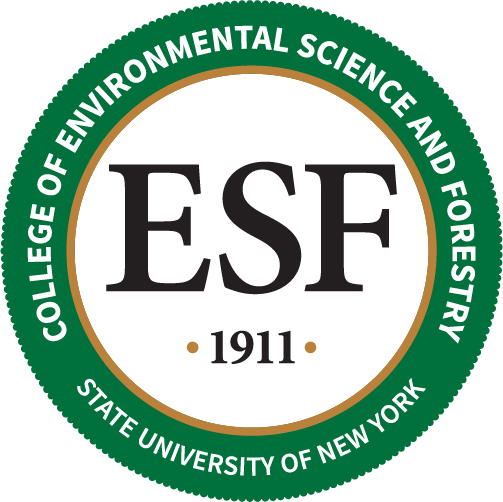Newswise — An innocuous-looking fly introduced into the Northeastern United States 100 years ago to control pests did part of its job well, nearly wiping out the invasive browntail moth that defoliated trees throughout New England and plagued humans with an itchy, weepy rash.
But the fly, a bit smaller than the common housefly, didn't stop with the browntail moth. It has also contributed to the decline of several spectacular species of native moths, including the luna and cecropia moth, according to a report in the journal Ecology.
The published report is the first to document the link between the fly and the browntail moth's near disappearance. But it also points out that the introduction of a non-native insect as a "control agent" can be both unpredictable and far-reaching. The voracious fly's parasitic young are known to attack more than 180 species of moths and butterflies.
"People talk about the down side of biological control," said Dr. Dylan Parry, an insect ecologist at the SUNY College of Environmental Science and Forestry (ESF) here. "When biological control is effective, it's a wonderful thing. But when you release an organism into an environment, it's really impossible to get it back out of that environment. So I think the fly is here to stay."
Parry conducted the research with Dr. Joseph S. Elkinton and George H. Boettner of the University of Massachusetts. The study is reported in the journal's November edition.
The browntail moth arrived from Europe at a Boston harbor in 1896, perhaps in a shipment of roses from Holland. It spread quickly in all directions, affecting most of New England along with New Brunswick and Nova Scotia in eastern Canada.
Parry has historic pictures, showing workers perched high in trees along quaint New England streets, pulling out the webs that shelter the moths through the winter. They emerge as larvae in the spring.
"In those days, the browntail moth was viewed as a bigger problem than the gypsy moth," he said.
In addition to defoliating trees, the moth troubles humans with a skin irritation.
Although Parry and his colleagues wrapped themselves in protective, hooded coveralls and sealed the seams with duct tape, he suffered from the rash. He said the caterpillars are covered with barbed hairs that float around with the wind and become embedded in humans' skin. When an affected person scratches at the site, the hollow hair shaft breaks, releasing a toxin that makes the itch worse.
Researchers call the rash "mobile poison ivy" because the itchy, weepy eruptions closely resemble the rash caused by the familiar ground cover. Reports from the early 20th century claimed severely allergic people died from anaphylactic shock caused by the caterpillars.
The fly, a native of Europe lacking a common name and known by its Latin name of Compsilura concinnata, was introduced in 1906 by the U.S. Department of Agriculture. It was hoped the fly would also combat the invasive gypsy moth.
The browntail moth's population peaked in 1914. By 1930, it had plummeted and in the 1960s, it reached its current distribution, existing only at the eastern tip of Cape Cod, near Provincetown, and on the islands and peninsulas in Maine's Casco Bay.
Researchers do not know why those very different regions continue to host the moth. And for more than 60 years, no one researched the reason for its decline.
In this study, the research team transplanted browntail moth colonies into areas that were free of the pests, observed them in the field and took them into the laboratory for a closer look. They discovered that the fly was attacking the moth during its caterpillar stage.
Parry described the process: A female Compsilura uses a curved, dagger-like appendage on her back end to slice open a caterpillar. She deposits her young — in maggot form— in the caterpillar and goes on her way. The maggots slowly devour the caterpillar, leaving the vital organs until last, effectively stretching the meal as long as the caterpillar lives. When the host caterpillar dies, the maggots crawl into the ground and pupate, emerging a couple weeks later as adult flies.
The fly successfully controlled the browntail moth, Parry said, but had little effect on the troublesome gypsy moth. At the same time, it developed a taste for native species such as the showy mourning cloak butterfly with its distinctive brown and yellow coloring, and many giant silk moths, such as the graceful, pale green luna moth.
Scientists do not understand all of the roles that moths and butterflies play in ecosystems.
"Many people would argue that biodiversity is good for its own sake," he said. "Caterpillars are important food sources for many organisms including birds. And they're a large part of our native heritage. People like to see them and some of them have disappeared."
MEDIA CONTACT
Register for reporter access to contact detailsCITATIONS
Ecology, November edition (Nov-2006)
